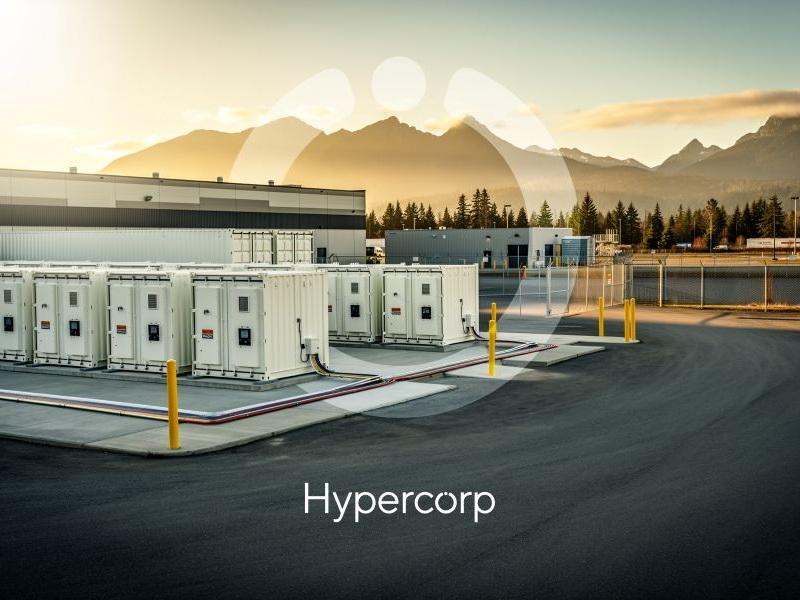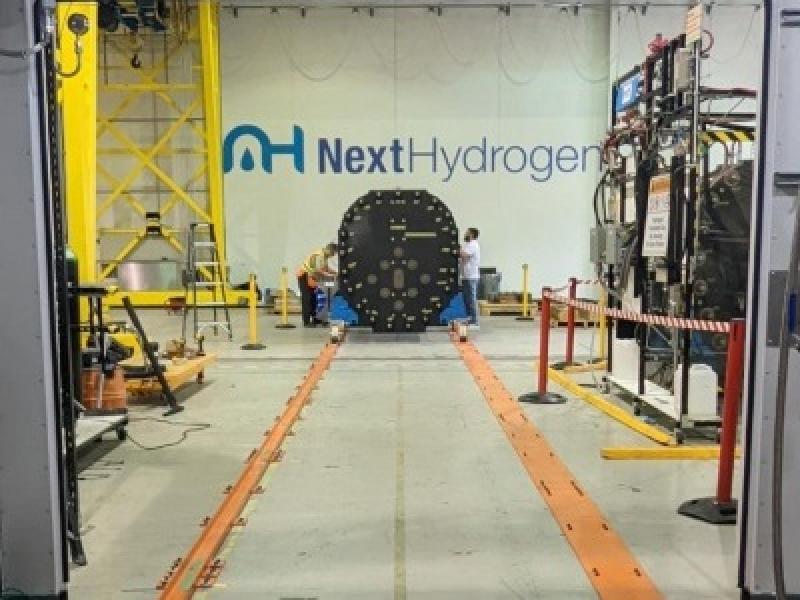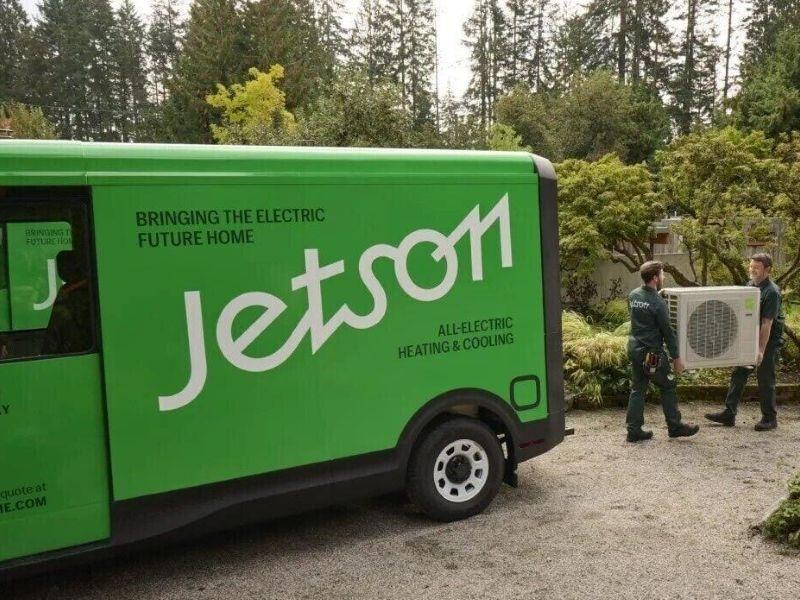
Electric school buses equipped with a diesel heater can hold enough charge to complete daily routes and provide warmth, even in Edmonton's bone-chilling winters, a study by Pollution Probe has found.
Between April 2024 and April 2025, the Toronto-based non-profit collected data from an electric bus that took 298 trips. During the busy school season and in temperatures that dipped as low as -30 C, energy use spiked. Yet the bus still maintained more than double the range needed for its daily route.
The study shows “winter operations for electric school buses can be viable, especially with an auxiliary diesel heater,” Cedric Smith, director of transportation at Pollution Probe, said in an interview with Sustainable Biz Canada.
But diesel heaters should be an “interim stop-gap solution” toward fully electric buses with electric heating, he added.
Electric school buses can operate reliably in winter
The non-profit partnered with school bus operator Rental Bus Lines, the first of its kind in Alberta to operate an electric model, for the study. The study examined the operator’s Lion Electric Type C bus (now rebranded LION since its bankruptcy and restructuring).
Most of the trips followed a consistent route — one in the morning and another in the afternoon — each covering approximately 55 kilometres.
Alberta’s weather, which swings from one extreme to another throughout the year, made its mark on the energy use. Cold temperatures reduce a battery’s range, presenting challenges for bus operators that have to deal with the shorter range and adjust their planning in response.
“Fleet operators want to know, ‘OK, this is what the stated range is, but what’s it going to be when it gets to – 30 C?’ And then that also impacts operational planning,” Smith said.
The temperatures during the pilot went from as high as 20 C to as low as -30 C. Energy use rose, which decreased range, but the bus “generally maintained more than double the range required” for its routine routes, Pollution Probe wrote.
A conclusion of the test is that an electric school bus can operate reliably in all seasons, Smith said. Plus, charging was found to be stable year-round, even in extreme cold. The performance of the charger decreased by 10 per cent in temperatures between -20 C and -30 C.
How to adapt to cold climates
To account for the loss of range, Pollution Probe recommends ensuring the battery is fully topped up in the winter and that the bus includes a regenerative braking system. A technology that coverts the energy from braking into electricity stored in the battery, its inclusion during the study saved an average of 20 per cent of the electricity across all trips.
Based on a previous Pollution Probe demonstration in Calgary using an electric bus with an electric heater, Smith urged practices such as pre-heating the bus cabin before trips.
While an electric bus does cost more upfront compared to a diesel bus (a CBC News analysis suggests double), the cost is recouped over time from lower operational costs, Smith said. Pollution Probe’s Calgary study found “a need for federal incentives for the purchase of electric school buses,” he continued.
The latest study came to a similar conclusion, recommending clear and timely funding processes to scale up electric school bus adoption.
In response to news of a LION school bus in Montreal catching fire, Smith said such risks are low. He referenced U.S. data that found fires occur in 0.9 to 1.2 per 10,000 electric vehicles, compared to 7.3 per 10,000 internal combustion engine vehicles.
Reducing carbon, air pollutants

After collecting emissions data from the bus, Pollution Probe compared the findings against simulations of a diesel bus with a diesel heater and an electric bus with an electric heater - also drawn from real-world data.
The electric bus with a diesel-powered heater generated results that landed between the two other bus types in terms of greenhouse gas and nitrogen oxide emissions. It generated just under nine tonnes of carbon dioxide equivalent per year and 7.5 kilograms of nitrogen oxide.
Compared to an entirely diesel-powered bus, it produced 28 per cent less carbon emissions and 40 per cent less nitrogen oxide. But against an all-electric school bus, it emitted almost 14 per cent more carbon and 17 per cent more nitrogen oxide.
Smith noted the test took place in Alberta, a province that draws over 80 per cent of its electricity from natural gas and coal.
“If you were to switch from diesel to electric in an area with a cleaner grid, you will probably see more significant emissions cuts,” he said.
In addition to minimizing the climate impact, reducing air pollutants is beneficial because such chemicals are linked to increased risk of respiratory illnesses and cancers, and impaired brain development.
For this reason, Smith said diesel heaters should be a stop-gap solution as the technology and efficiency of electric buses with electric heating improves.
Pollution Probe will have more research on electric school buses to publish, he said, which will examine charging management and handling the costs as more electric buses are added to a fleet.










